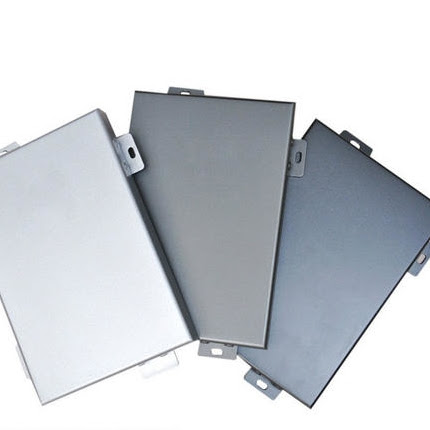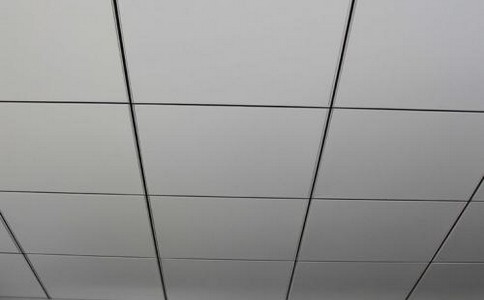Aluminum veneer and アルミ板 are two different aluminum products, which have some differences in structure, application field and surface treatment.
Structure and manufacturing methods
Aluminum veneer: aluminum sheet is made of aluminum alloy plate through cutting, bending and other processes, the general thickness is 2-6mm, the common specification is 1220mm 2440mm. Aluminum veneer usually has two structural forms: plane type and honeycomb type, and honeycomb type aluminum panel has high strength and rigidity.

Aluminum plate: aluminum plate is made of aluminum alloy material through calendering or extrusion processing, can be customized to need according to different thickness and size, the common thickness is 0.2-10mm. Aluminum plate is generally flat structure, used to make a variety of flat components and parts.

Application area of Aluminum veneer
Aluminum veneer: aluminum veneer is widely used in building curtain wall, ceiling, indoor and outdoor decoration, billboards and signs and other fields. Its appearance is smooth, strong and durable, suitable for the appearance of the architectural design.

Aluminum plate: aluminum plate is more widely used, can be used in aerospace, automotive manufacturing, electronic products, home decoration, packaging and other different fields. Because of its light, corrosion resistance, good thermal conductivity, aluminum plate is often used in the production of aircraft parts, car body board, electronic equipment shell, etc.

Surface preparation
Aluminum veneer: because aluminum sheet is mostly used for architectural decoration, its surface is usually anodic oxidation, spraying or coating, to achieve different colors, texture and corrosion resistance.
Aluminum plate: aluminum plate surface treatment methods are various, can be decorated and protected by anodic oxidation, spraying, coating, polishing and other methods, to meet the needs of different fields.
It should be noted that both aluminum panel and aluminum plate belong to aluminum alloy materials, with good lightweight, thermal conductivity and corrosion resistance. The selection of suitable materials depends on the specific application requirements and design requirements.


